ISWC has built a distinctive research system on water and soil conservation, combining indoor simulation and the localization field experiments.
Large experimental equipmental device of artificial rainfall simulation
Built in 1995, it is the second largest simulated rainfall hall in the world. With an area of 1296 m2 and an effective rainfall area of 1044 m2, there are various artificial rainfall simulation systems, such as down-spraying, side-spraying, and field portable, as well as different sizes of variable slope underlay simulation steel trough, constant flow sediment scour, runoff sediment measurement device and three-dimensional geomorphology measurement instrument, soil wind erosion wind tunnel and other experimental auxiliary facilities, forming a comprehensive experimental facility that integrates artificial simulation of rainfall erosion convergence and sand production, landform morphology evolution and wind erosion process. It is the most important research platform for the mechanism, process and simulation of soil erosion and water and soil conservation.
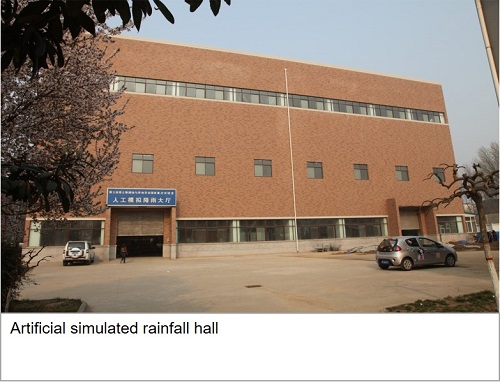
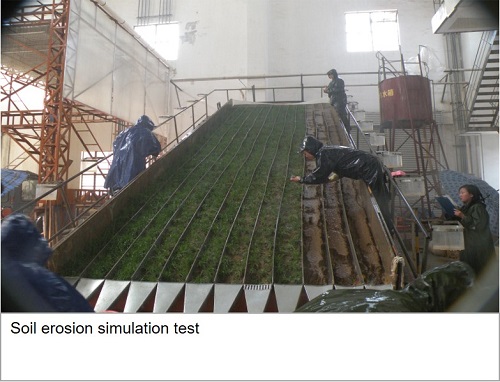
Artificially simulated drought hall
Built in 2005, with an area of 2530 m2, the simulator consists of artificial light, natural light, adjustable spectrum, sealed gas and self-controlled glass greenhouse of different scales. It is mainly used to simulate environmental conditions of plant growth in arid and semi-arid regions and supports the research on dryland agriculture, water-saving agriculture, plant water physiology ecology, and dryland plant ecology.
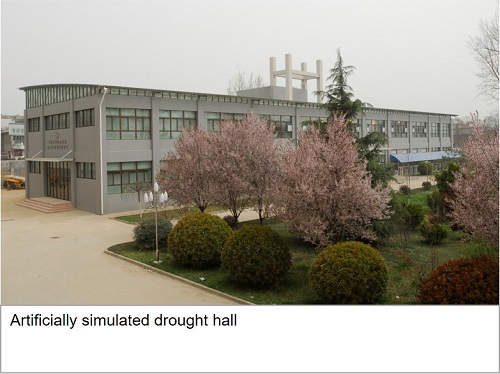
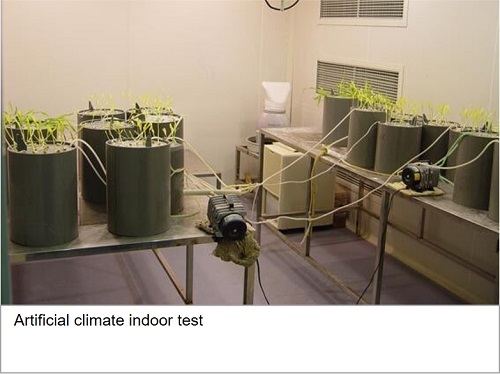
Artificially Simulated Runoff Hall
The artificially simulated runoff hall consists of a large-scale runoff and sediment generating device and a small-scale runoff and sediment generator. The large-scale runoff and sediment generating device tests or calibrates the applicability, accuracy and precision of the formula for flow monitoring facilities by simulating the runoff, sediment concentration, runoff duration, and runoff process of the watershed control station. The small-scale runoff and sediment generator tests the accuracy, precision, applicability and reliability of runoff and sediment concentration measurement of the monitoring instruments by generating runoff process covering runoff and sediment concentration of the runoff cell.
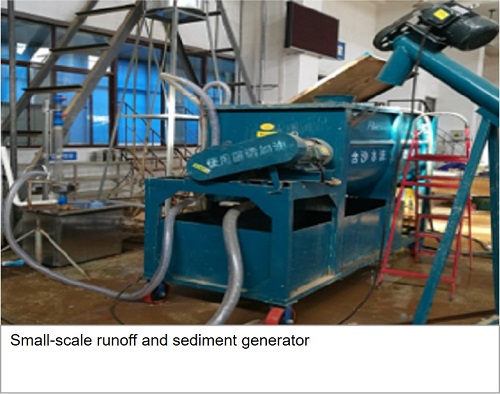
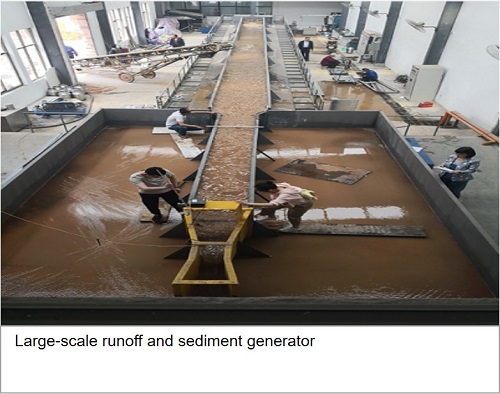
Test And Analysis
ISWC has built a series of public laboratories open to the society with fully equipped and advanced equipment, including laboratories for chemical analysis, soil physics, plant physiology and biochemistry, and nucleotide analysis, among them, 68 instruments entered the large instrument equipment sharing platform.


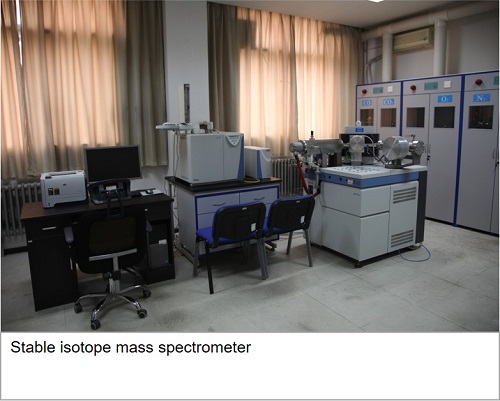

Networked observation system for key ecological processes on the loess Plateau
The networked observation system for key ecological processes on the Loess Plateau is a public field observation platform of the ISWC. Through dynamic planning, step-by-step construction, standardized operation and shared-utilization, an ecological process observation network covering the Loess Plateau has been established and gradually extended national wide, supporting the scientific and technological development of disciplines such as soil and water conservation and ecology.
The "Networked Observation System" consists of 12 field stations (points), including Ansai Station, Changwu Station, Guyuan Station, Shenmu Station, Yunwu Mountain Point, Miaogou Point in Baota District, Ansaifang Collapse Point, Mao Wusu Sand Site, Yuanzhi Mountain Site in Mizhi County, Renjiatai Pointin Fu County, Tielongwan Point in Yichuan County and Linghou Point in Yangling District.
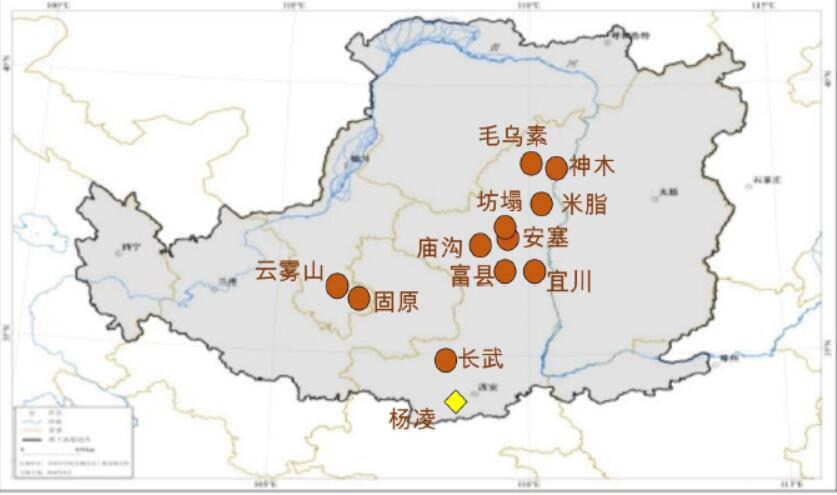
Location of 12 monitoring sites on the Loess Plateau
Loess Plateau Sub-centre, National Earth System Science Data Centre
Built in 2004, the Loess Plateau Sub-centre is a regional data sharing and operation service centre of the Nation Science and Technology Basic Conditions Platform “National Earth System Science Data Centre”. Focusing on the Loess Plateau, and taking soil erosion, soil and water conservation and ecological restoration as the main line, it built a research database and service system for the surface process of the Loess Plateau, and built a Loess Plateau data sharing and operation service centre with unique regional and professional characteristics. It has provided scientific data support and services for the ecological environment construction and agricultural development in the region at different levels of scientific research, production practice, government decision-making, and science and technology education.


Journals and Literature
ISWC has been editing and publishing three academic journals, including Journal of Soil and Water Conservation, Bulletin of Soil and Water Conservation, and Research of Soil and Water Conservation. The library of the institute has a collection of more than 219,000 volumes of literature. and the Loess Plateau resources and environment science data centre, national basic database of water and soil loss environmental and the institutional knowledge base of water and soil conservation were built.
|
Journals |
Publications |
Research